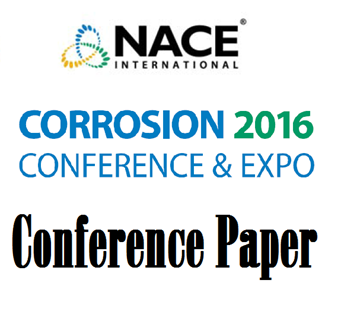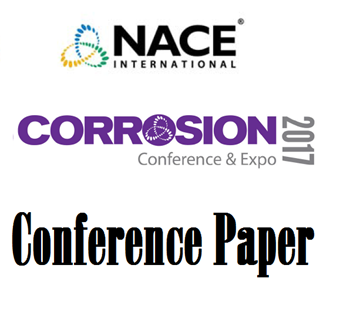Search
Coatings and Linings
View as
Sort by
Display
per page
Formulators in the Field: The Effect of Over-Cure or Under-Cure of Polyclamine Cured Epoxy Linings
Product Number:
41216-993-SG
Publication Date:
2016
$20.00
Fouling, Corrosion, And Wear Protection Of Power Take Off Rods For Wave Energy Conversion - Laser Cladding And Scraping
Product Number:
51322-17891-SG
Publication Date:
2022
$20.00
Fusion Bonded Epoxy Coatings (FBE) and Disbondment
Product Number:
51316-7246-SG
ISBN:
7246 2016 CP
Publication Date:
2016
$20.00
Galvanic Corrosion in Water & Wastewater Structures: Coupling Stainless and Carbon Metals Leads to Accelerated Corrosion
Product Number:
41214-840-SG
Publication Date:
2014
$20.00
Galvanic Protection Coatings for 5xxx Series Aluminum Alloys
Product Number:
51317--8885-SG
ISBN:
8885 2017 CP
Publication Date:
2017
$20.00
Global Environmental Regulations Drive New Technologies in Epoxy Coatings
Product Number:
41215-927-SG
Publication Date:
2015
$20.00
Green Paints...From ‘Paint is a part of the Problem’ to ‘Paint is a Part of the Solution
Product Number:
41215-926-SG
Publication Date:
2015
$20.00
Guidance for Materials Selection and Corrosion Control in CO2 Transport and Injection for Carbon Capture and Storage
Product Number:
51322-17726-SG
Publication Date:
2022
$20.00
Guidance For Thermal Stability Of Common Oilfield Chemicals
Product Number:
51322-17745-SG
Publication Date:
2022
$20.00
Guideline To Determine Erosional Velocity For Liquid Hydrocarbon Transmission Pipelines
Product Number:
51322-17812-SG
Publication Date:
2022
$20.00
High Strength Austenite For Additive Manufacturing
Product Number:
51322-17496-SG
Publication Date:
2022
$20.00
High Temperature and High Chemical Resistant Ambient Cure Tank Liner
Product Number:
51317--9016-SG
ISBN:
9016 2017 CP
Publication Date:
2017
$20.00












